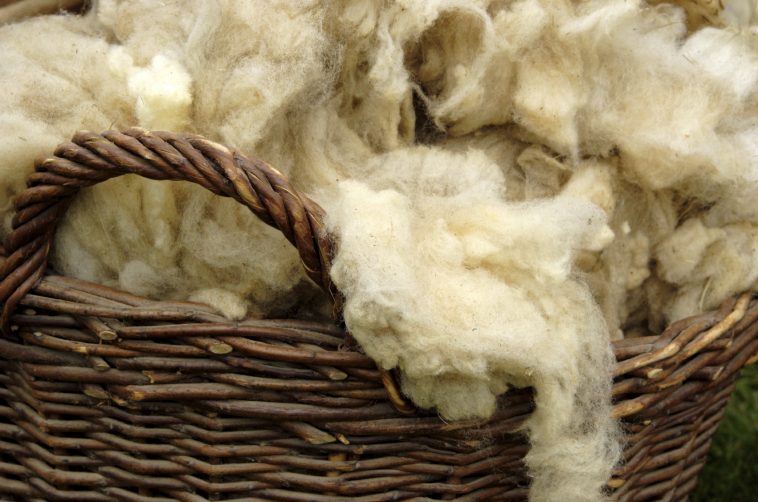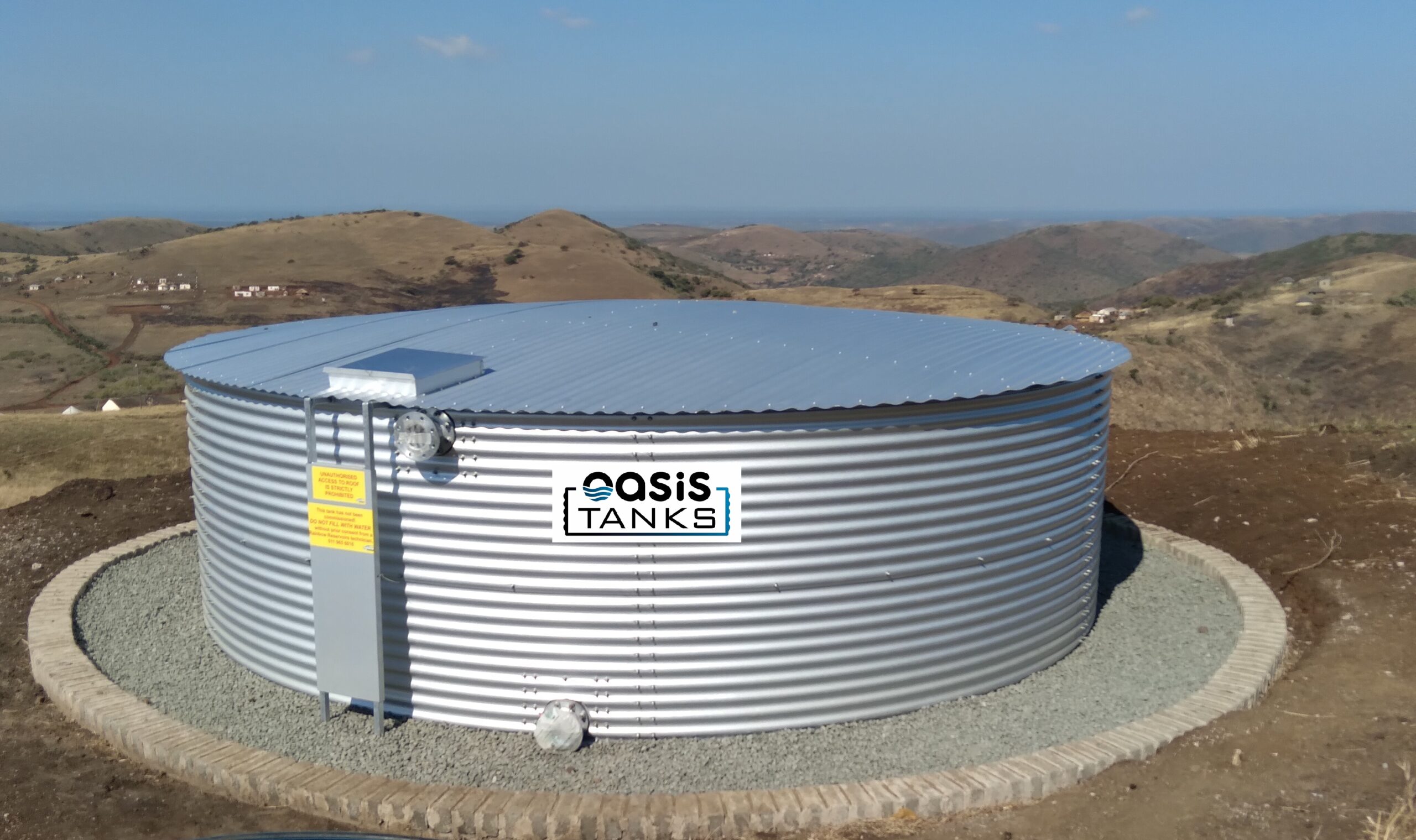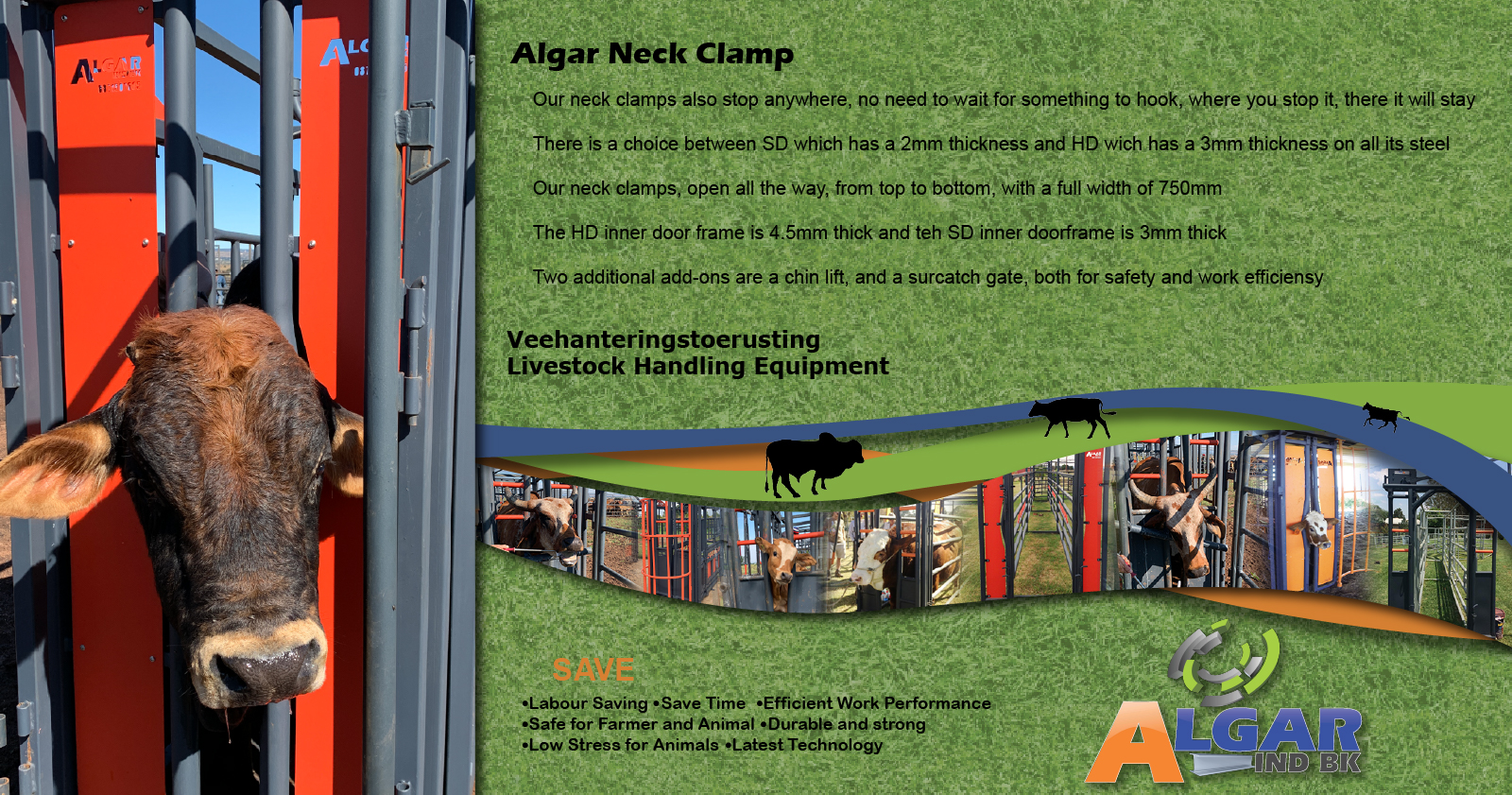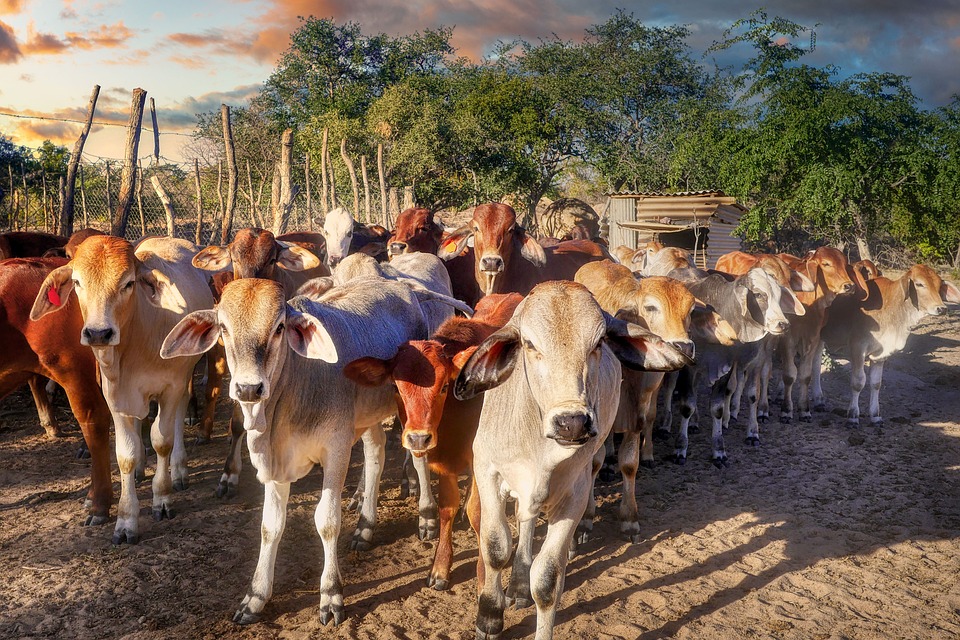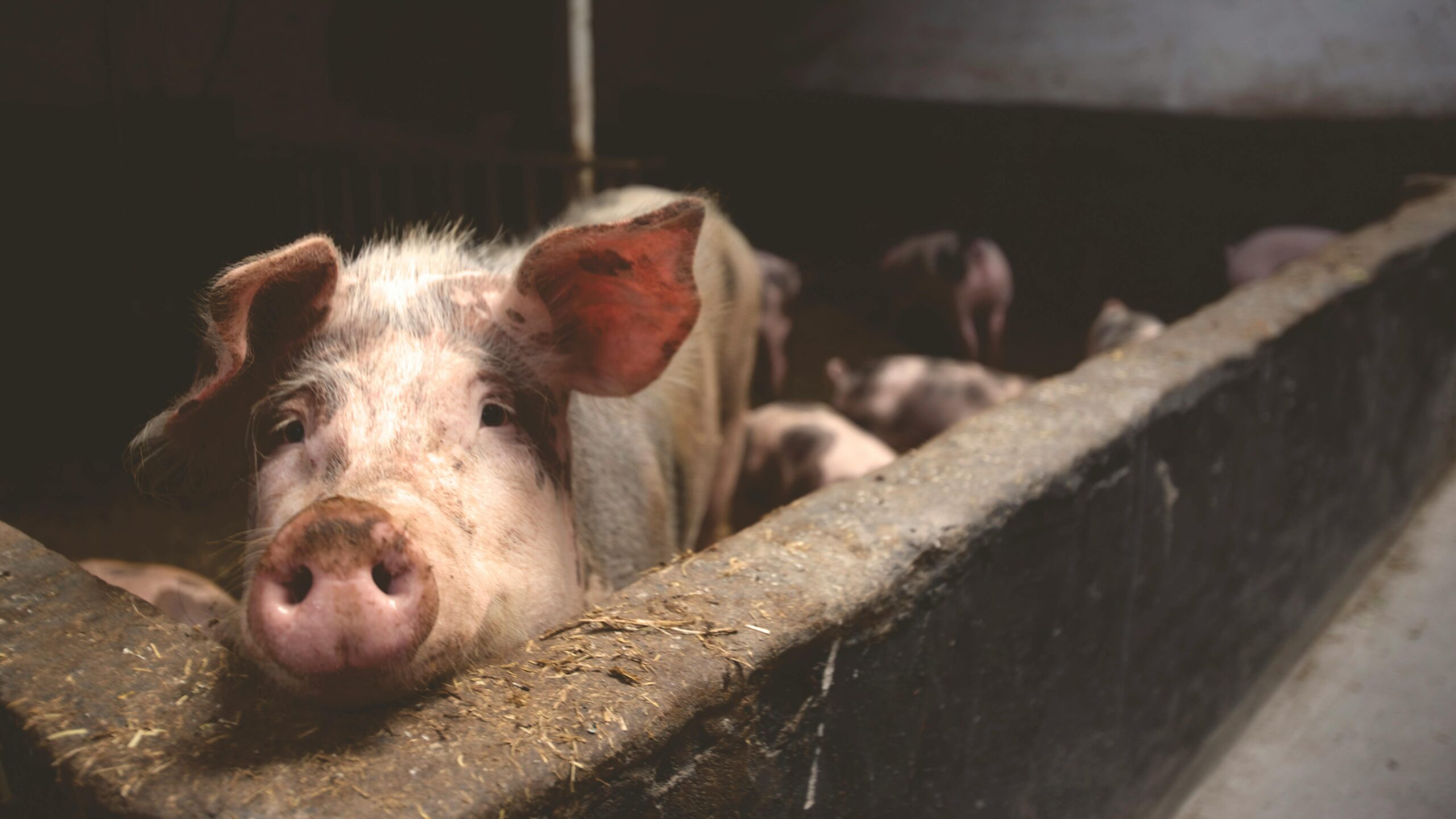Most sheep operations derive the majority of their income from the sale of lambs or meat. As a result, lamb prices have a large influence on profitability and viability of the sheep enterprise. There are numerous options for marketing lambs and pros and cons to each one. When comparing marketing options, it is important to compare “net” prices, as different marketing options have different costs associated with them.
Marketing channels
The Marketing Channel (see Figure 1) begins with the farmer who produces sheep and lamb. Most sheep farming practiced in Southern Africa is for wool and mutton/lamb. After about five to six years of shearing, the sheep are sold directly to feedlot (small number) or abattoir; or sold through auctions. Live sheep and lambs can be imported by the farmer or the feedlot or the abattoir. Meat from the abattoir is distributed through wholesalers, retailers, and butcheries. Some are exported or processed. Importation of meat is done by retailers, wholesalers, and processors, while exports are mainly by abattoirs. The final stages of the marketing channel end with the consumer.

Figure 1: Marketing channel for sheep farmers.
Marketing options
Commodity marketing
Regardless of geographic location, the vast majority of lambs are sold into some sort of commodity market. This would include selling lambs at a public livestock auction; to an order buyer, broker, or dealer; through a buying station; to a feedlot; through a co-op or marketing pool, or to an abattoir.
Commodity marketing favours large commercial and low-cost producers and those in close proximity to terminal markets. A terminal market is one in which lambs are bought for immediate slaughter.
Public livestock auctions
Though marketing practices vary by geographic region and size of operation, the most common method to sell lambs is to take them to a public livestock auction. Special graded sales are usually a better marketing option for quality lambs than weekly sales. Some sales will grade the lambs and co-mingle them into larger lots. Other sales will offer each owner’s lambs as a separate lot.
There are numerous advantages to selling lambs at a livestock auction:
- It is easy
- It is convenient
- It is always available
- There are usually sales every week
- Payment is guaranteed and prompt
There are also several disadvantages:
- Price is not known ahead of time and week to week demand vacillate
There are also fees to pay: sales commission, hiring of the auction venue, and insurance. The prices received at local (low volume) sale barns may be significantly lower than the prices paid at regional or terminal (high volume) markets.
Public livestock auctions perform vital functions in the lamb industry. They are a place of price discovery. Price discovery is the process of determining price in the marketplace by the interactions of buyers and sellers. It is where supply meets demand. Very often the prices received at auctions are used to negotiate private treaty sales of lambs.

Dealers, brokers, and order buyers
Instead of selling lambs through a livestock auction, lambs can also be sold to a livestock dealer, broker, or buyer.
Selling to a middleman saves the costs associated with selling lambs at an auction. Price is negotiated ahead of time. The lambs may be picked up directly from the farm or it may be necessary to transport the lambs to a buying station. When selling lambs in this manner, it is important to know what lambs are worth to make sure a fair price is being paid. The buyer should be licensed and bonded.
A cash transaction is recommended, especially if the buyer is not licensed and bonded.
Marketing alliances and co-ops
Groups of producers sometimes work together to form marketing alliances or co-ops. Usually, a co-op contracts slaughter and sells the whole carcass or cuts to grocery chains or other retail outlets. The co-op establishes standards (weight and grade) for the type of lambs they will purchase. Unfortunately, few cooperative marketing schemes are sustained over the long run.
Abattoir
Abattoir is the French word for a slaughterhouse or meat processor. Many producers, both large and small, market their lambs directly to a processor. The lambs may be purchased live or on a carcass basis.
Value-based marketing is possible when lambs are marketed directly to the processor. Prices are based on the individual value of each lamb (carcass). Grid pricing offers a base price, with a matrix of premiums and discounts, usually based on carcass weight and quality grade.
Direct marketing
Direct marketing is when lambs are sold directly to the consumer. Direct marketing takes many forms: freezer lambs; selling lamb at farmers’ markets; selling meat via the internet; including lamb in a (community-supported agriculture) subscription; on-farm sales of live animals or meat; and selling wholesale or retail cuts to restaurants or other retail outlets. Direct marketing is also called niche and value-added marketing. The volume of product sold is usually much less when lambs are marketed directly to the consumer versus selling commodity lambs.
In direct marketing, a larger share of the consumer’s money is retained by the producer. Thus, the income potential for direct marketing is substantially higher than for commodity marketing, though costs (processing and transportation) are also much higher. The labour associated with selling one lamb can be especially high.
Direct marketing favours small-scale producers and those in close proximity to population centres. It favours producers with “people skills.” Marketing tends to require a different skill set than animal husbandry. Successful direct marketers are usually passionate about what they are selling. Many experts feel that direct marketing is the only way for small-scale producers to compete with larger producers, due to the economies of scale.

Selling sheep at a livestock auction.
Selling carcasses
Selling whole or half lambs for consumers to put into their freezers is the most common form of direct marketing lamb. “Freezer” lambs are usually sold live. If the lamb is processed in a government inspected plant, the lamb can be sold by its hanging weight. The producer usually transports the lambs to the processor. The customer provides cutting instructions and pays for processing. The meat is stamped not-for resale. Processing charges vary considerably by plant and location. Government inspected plants usually charge more than custom-exempt plants.
Customers for the freezer trade vary in the type of lamb they prefer to buy: size, age, diet, et cetera. Grain-fed lamb is considered to be a premium product because it produces milder-flavoured lamb. At the same time, there is a growing market for grass-fed lamb. Grass-fed lamb tends to be more healthful in terms of its fatty acid profile. Success in the freezer trade starts with having a good processor. Good customer service will lead to repeat customers and referrals.
Market prices
The interactive forces of supply and demand determine a product’s market price. The nominal price is the shelf price, which usually increases year on year. The real price (inflation-adjusted price), however, is more important – it indicates whether the market price, irrespective of inflation, actually increased over time.
In terms of the nominal price, it is expected that the price should increase year on year as it is driven by inflation. Yet, the price sometimes decreases from one year to next. However, when we adjust the price for inflation and work with the real price, it is evident that it is much more volatile than the nominal price and goes through deeper cycles.
Consequently, although the shelf price of mutton may increase from one year to the next, the real price can decrease in the same year. This puts financial pressure on the producer.
We thank the ARC Institute for Agricultural Engineering in South Africa who made their manual on sheep production and facilities available to the readers of ProagriMedia.

